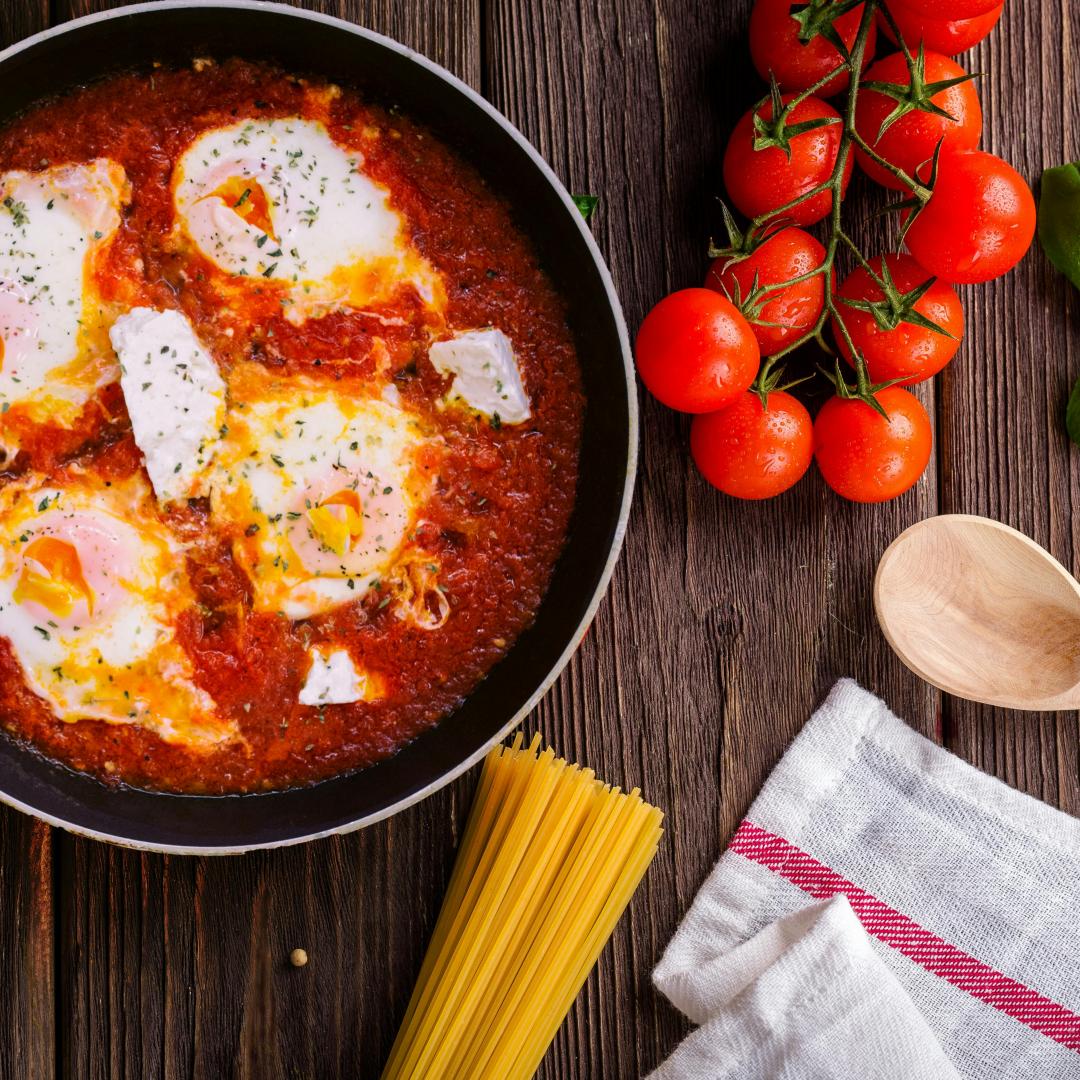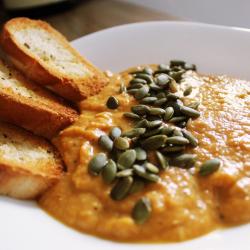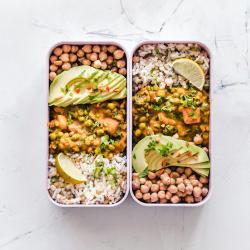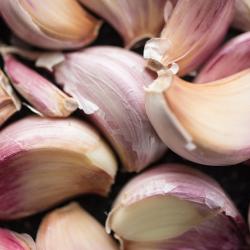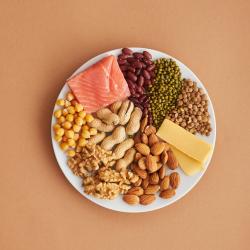How to Cook Low-Sodium Meals Without Compromising on Flavor
In recent years, the importance of reducing sodium intake has become increasingly apparent, with health experts commonly cautioning against the excessive consumption of salt due to its links to high blood pressure and heart disease. Yet, the pursuit of a low-sodium diet often conjures images of flavorless, unexciting meals. But fear not: eating healthily doesn't have to mean sacrificing taste. With a few culinary tricks and ingredient swaps, you can create enticing low-sodium meals that are as delicious as they are nutritious. Here’s how to do it:
1. Embrace Fresh Ingredients: Vegetables, fruits, and herbs are naturally low in sodium and rich in flavor. Fresh produce can add vibrant tastes and textures to your meals without the need for added salt. Leverage the natural sweetness of roasted carrots or the umami depth of caramelized onions to elevate your dishes.
2. Use Salt-Free Seasonings: Experimenting with a variety of salt-free spice blends and seasonings can unleash a symphony of flavors. Brands often offer herb mixes specifically designed to enhance flavor without sodium. Create your own blends using spices like garlic powder, smoked paprika, cumin, turmeric, oregano, and thyme.
3. Play with Acidity: Acids can mimic the taste-enhancing qualities of salt. Lemon juice, lime juice, and various vinegars (such as apple cider, balsamic, or red wine vinegar) can provide a tangy brightness that complements a wide range of foods, from salads to marinades.
4. Discover Umami-Rich Alternatives: Umami, often associated with savory deliciousness, can help reduce the need for sodium. Ingredients like tomatoes, mushrooms, nutritional yeast, and fermented foods such as miso and kimchi can pack a flavorful punch. Just be mindful of sodium levels in some fermented products.
5. Opt for Fresh or Frozen Instead of Canned: Canned vegetables and beans can contain significant amounts of sodium. Choose fresh or frozen alternatives whenever possible, or look for low-sodium or no-salt-added versions. If using canned goods, rinse them thoroughly under cold water to wash away some of the sodium content.
6. Engage in Marination: Marinating meats, seafood, and even vegetables can infuse your dishes with flavor and tenderness. Consider a mixture of olive oil, herbs, and acidic elements to create a depth of taste. Allow time for marination—overnight, if possible—to maximize the impact.
7. Balance with Texture: Incorporating a variety of textures can enhance the sensory experience of your meals, making them more satisfying. Combine crunchy, creamy, and soft elements to keep your taste buds engaged. Think a crisp salad with a creamy avocado dressing or toasted seeds atop a smooth soup.
8. Be Mindful of Hidden Sodium: Processed foods, sauces, and dressings can harbor large amounts of sodium. Always check labels and aim to make sauces and dressings at home where you can control the ingredients. Simple vinaigrettes, homemade salsas, and yogurt-based dressings are easy to prepare and customize.
9. Homemade Stock for Rich Flavor: Replace store-bought broth or stock, which is often high in sodium, with homemade versions. Simmering chicken or vegetable remnants with herbs and spices creates a rich base for soups and sauces without the salt overload.
10. Cooking Techniques Matter: Grilling, roasting, or searing your ingredients can add layers of flavor that bypass the need for added salt. These cooking methods promote caramelization and the development of complex flavors, providing a satisfying taste experience.
Final Thoughts: Transitioning to a low-sodium diet doesn’t mean a decline in meal enjoyment or flavor. By utilizing these creative approaches, you’ll not only enhance the taste of your low-sodium recipes but also promote better health. It's about turning the spotlight on the myriad of flavors that nature offers, subtly redefining what savory satisfaction means. With innovation and a pinch of culinary art, you’ll find that low-sodium cooking can be a delicious adventure.
